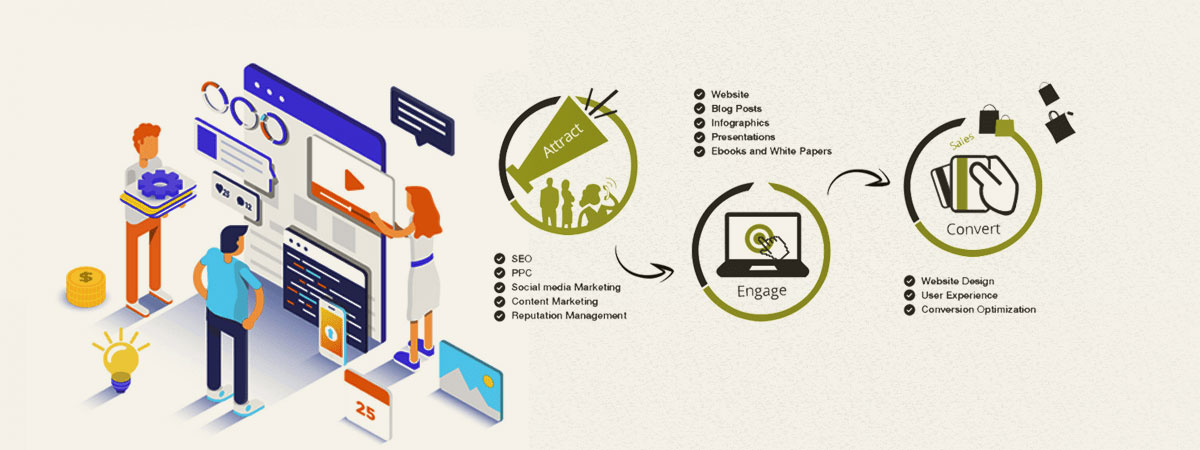The Advancement Of Internet Site Style: From Past To Existing
The Advancement Of Internet Site Style: From Past To Existing
Blog Article
Article Author-Tobiasen Molina
In the past, internet sites were straightforward and concentrated on info. Navigating was direct, and layout was for desktop computers. Now, individual experience is essential. Data overviews designs for easy navigating. Receptive designs match different tools. Today, dark mode decreases strain, and minimalist menus improve navigating. Interactive functions involve individuals, and bold visuals attract attention. AI integration improves involvement. See exactly how layout has evolved to improve your on the internet journey.
Early Days of Web Design
In the very early days of website design, simpleness reigned supreme. Sites were standard, with restricted colors, typefaces, and layouts. The focus was on providing details rather than showy visuals. Users accessed the net with slow-moving dial-up connections, so rate and capability were vital.
Navigating menus were straightforward, normally located on top or side of the web page. Web sites were created for computer, as mobile surfing wasn't yet prevalent. Content was king, and developers focused on very easy readability over complicated design elements.
HTML was the key coding language made use of, and designers had to function within its restrictions. Animations and interactive features were very little contrasted to today's requirements. Web sites were static, with little dynamic web content or personalized user experiences.
Surge of User-Focused Layout
With the advancement of internet site style, a shift in the direction of user-focused style principles has come to be progressively popular. Today, creating websites that prioritize individual experience is critical for involving site visitors and accomplishing business objectives. User-focused style includes recognizing the needs, preferences, and actions of your target market to tailor the internet site's format, content, and features appropriately.
Developers currently conduct comprehensive study, such as customer studies and usability testing, to collect insights and feedback straight from customers. This data-driven method assists in producing user-friendly navigation, clear calls-to-action, and aesthetically enticing user interfaces that reverberate with visitors. By positioning the user at the facility of the style procedure, internet sites can supply a much more individualized and pleasurable experience.
Receptive design has actually additionally emerged as a crucial aspect of user-focused style, making sure that internet sites are optimized for numerous gadgets and display dimensions. This adaptability improves availability and use, catering to the diverse means individuals interact with web sites today. In essence, the increase of user-focused design indicates a change in the direction of producing electronic experiences that focus on the demands and expectations of completion user.
Modern Trends in Website Design
Discover the latest trends shaping web design today. One famous trend is dark setting design, offering a smooth and modern-day look while minimizing eye pressure in low-light atmospheres. One more essential pattern is minimalist navigating, simplifying food selections and boosting user experience by concentrating on essential elements. Integrating micro-interactions, such as computer animated switches or scrolling effects, can create a more appealing and interactive internet site. Responsive style remains crucial, making sure smooth customer experiences across various devices. In addition, making use of bold typography and asymmetrical designs can add visual passion and draw attention to particular content.
Incorporating AI technology, like chatbots for client assistance or personalized recommendations, boosts user interaction and enhances procedures. Accessibility has additionally become a substantial pattern, with designers prioritizing comprehensive layout practices to deal with varied user demands. Embracing sustainability by maximizing internet site efficiency for rate and performance is one more arising fad in website design. Teaming up with individual comments and data analytics to repeat and improve style constantly is crucial for staying appropriate in the ever-evolving digital landscape. By accepting these contemporary trends, you can create a visually appealing, easy to use web site that reverberates with your audience.
https://www.newtimesslo.com/sanluisobispo/oceano-musician-and-digital-marketing-expert-kevin-carr-pens-the-musicians-guide-to-digital-marketing/Content?oid=12656739
As you reflect on the advancement of site style from the early days to now, you can see exactly how user-focused design has actually become the driving pressure behind contemporary patterns.
Embrace the journey of modification and adjustment in website design, constantly maintaining the user experience at the center.
Tippingpointdigital
Stay current with the most up to date patterns and modern technologies, and never stop developing your method to create aesthetically spectacular and easy to use web sites.
Develop, adjust, and develop - the future of web design remains in your hands.
